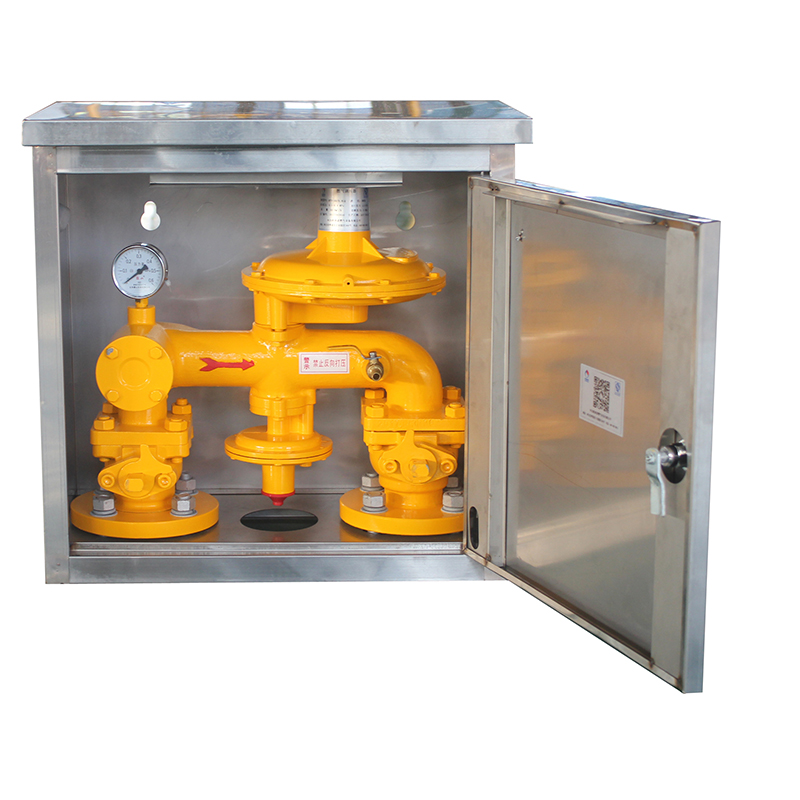
Sep . 23, 2024 04:36
Back to list
pneumatic valve
Understanding Pneumatic Valves Functionality and Applications
Pneumatic valves are essential components in various automation and control systems, mainly used to regulate the flow of compressed air within a pneumatic system. These valves serve as the brain of any pneumatic system, determining the direction, pressure, and flow of air to ensure that machinery operates effectively. Understanding the functionality and applications of these valves can provide insight into their significance in modern industries.
One of the primary functions of a pneumatic valve is to control the flow of air. These valves can be classified into several types, including directional control valves, flow control valves, pressure relief valves, and shut-off valves. Directional control valves are among the most common and are responsible for directing the flow of air to various actuators, such as cylinders or air motors. They typically come in 2-way, 3-way, and 4-way configurations, with each type designed for specific applications.
Flow control valves manage the speed of the actuator by regulating the amount of air that passes through. This function is crucial in applications where precise control over the movement of machinery is required. On the other hand, pressure relief valves protect the system from excessive pressure by venting air when necessary, preventing potential failures or explosions. Shut-off valves serve to completely stop or isolate the air flow, offering an essential safety feature in pneumatic systems.
pneumatic valve

The materials used in the construction of pneumatic valves are varied, including metal, plastic, and composite materials
. The choice of material often depends on the specific application and the environment in which the valve will operate. For instance, valves used in hazardous environments may require materials that are resistant to corrosion or capable of withstanding extreme temperatures.In terms of operation, pneumatic valves can be actuated manually, mechanically, or electrically, with the latter being increasingly popular due to the advancements in automation technology. Solenoid-operated valves use electromagnetic coils to open or close the valve, allowing for rapid response times and remote control capabilities. This automation allows for enhanced efficiency and precision in various industrial processes.
Pneumatic valves are utilized across diverse industries, including manufacturing, food and beverage, pharmaceuticals, and automotive. In the manufacturing sector, they play a critical role in assembly lines and automated production systems, ensuring that machines operate seamlessly. In the food and beverage industry, specific valves are designed to meet hygienic standards, allowing for the safe transport of air and materials without contamination.
In conclusion, pneumatic valves are vital components in managing the flow of air in various applications. Their ability to control direction, speed, and pressure makes them indispensable in modern industrial settings. As industries continue to evolve with advanced automation technologies, the role of pneumatic valves will only become more prominent, contributing to improved efficiency, safety, and productivity in a wide range of operations. Understanding these devices and their applications can help organizations select the right components for their pneumatic systems, ensuring optimal performance and reliability.
Next:
Latest news
-
Safety Valve Spring-Loaded Design Overpressure ProtectionNewsJul.25,2025
-
Precision Voltage Regulator AC5 Accuracy Grade PerformanceNewsJul.25,2025
-
Natural Gas Pressure Regulating Skid Industrial Pipeline ApplicationsNewsJul.25,2025
-
Natural Gas Filter Stainless Steel Mesh Element DesignNewsJul.25,2025
-
Gas Pressure Regulator Valve Direct-Acting Spring-Loaded DesignNewsJul.25,2025
-
Decompression Equipment Multi-Stage Heat Exchange System DesignNewsJul.25,2025

